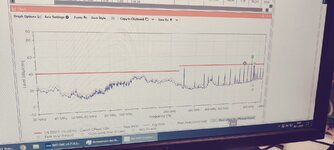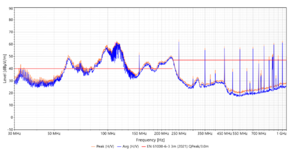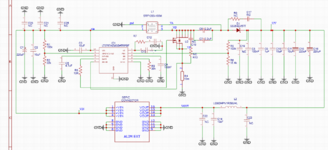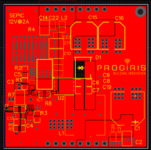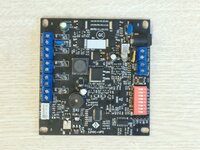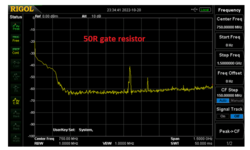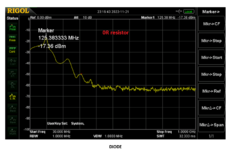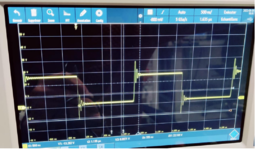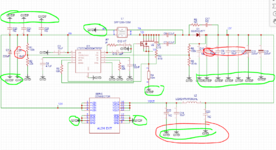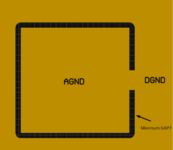seridj_mse
Member level 2

dear experts ,
After a hard #work to reduce noise for certify our equipment directive CISPR 16-2-3 class B with LNE , i had basically tow problem :
to reduce noise for certify our equipment directive CISPR 16-2-3 class B with LNE , i had basically tow problem :
1- harmonics 50 MHz oscillator for Ethernet 10/100M design in mother boar. that is not the point of this post.
2- noise in power supply of our mother board we use a SEPIC DC DC converter 24w large input 9-30v and fixe output 12v@2A. for conducted emissions it was good but for radiation emissions it was very Noisy
but for radiation emissions it was very Noisy  so I started dig into the issue and what is the source of this noise, hot loop as small as possible
so I started dig into the issue and what is the source of this noise, hot loop as small as possible , ground MOSFET as close as possible to gnd output capacitor
, ground MOSFET as close as possible to gnd output capacitor , change référence of components with better intrinsic characteristics
, change référence of components with better intrinsic characteristics  change PCB placement and layers
change PCB placement and layers  .... keeping in the mind
.... keeping in the mind  the price of those changes
the price of those changes  and the most important thing the right functioning of the board
and the most important thing the right functioning of the board 
So now i can say i was very successful reduce noise but when i measured temperature of components, the surprise
but when i measured temperature of components, the surprise :
:
-Before modification at max load 2A :
- Coupled inductor : 49°
- Diode : 55°
-Mofet : 45°
After modification :
- Coupled inductor : 64°
- Diode : 68°
- Mosfet :77°

Note : i take those measurements with my old multimeter and K probe thermometer
So maybe i know why i use a 50R for gate Mosfet so i think
i use a 50R for gate Mosfet so i think  i should find another method like use 4 layers
i should find another method like use 4 layers  PCB.
PCB.
TO YOUR KEYBOARD for any help
After a hard #work
1- harmonics 50 MHz oscillator for Ethernet 10/100M design in mother boar. that is not the point of this post.
2- noise in power supply of our mother board we use a SEPIC DC DC converter 24w large input 9-30v and fixe output 12v@2A. for conducted emissions it was good
So now i can say i was very successful reduce noise
-Before modification at max load 2A :
- Coupled inductor : 49°
- Diode : 55°
-Mofet : 45°
After modification :
- Coupled inductor : 64°
- Diode : 68°
- Mosfet :77°
Note : i take those measurements with my old multimeter and K probe thermometer
So maybe i know why
TO YOUR KEYBOARD for any help
Attachments
Last edited:
